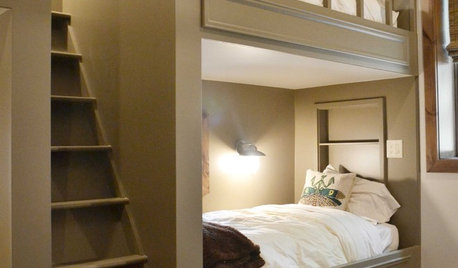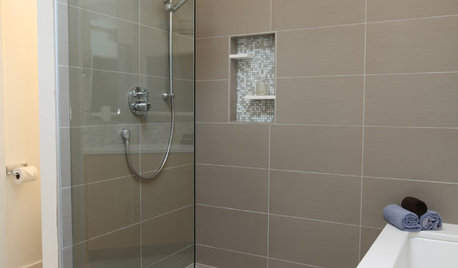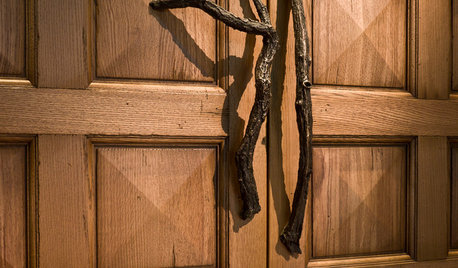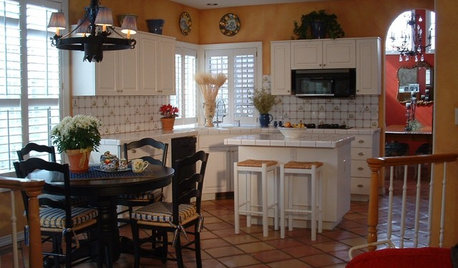Tree choices...
treetoronto3
10 years ago
Related Stories

KIDS’ SPACESReaders' Choice: The 10 Most Popular Kids' Rooms of 2012
Sweet nurseries, colorful children's bedrooms and creative playspaces of all kinds caught the eyes of Houzz readers throughout the year
Full Story
LIFE12 House-Hunting Tips to Help You Make the Right Choice
Stay organized and focused on your quest for a new home, to make the search easier and avoid surprises later
Full Story
MORE ROOMSReaders' Choice: The Top 20 Kids Rooms of 2011
Need ideas for your son or daughter's room? Go no further than the most popular kids rooms on Houzz — chosen by you!
Full Story
BATHROOM DESIGNReaders' Choice: The 10 Most Popular Bathrooms of 2012
Some commended the colors; others lauded the light. But whatever caught Houzzers' eyes, the features of these bathrooms were in demand
Full Story
Readers' Choice: The 10 Most Popular Laundry Room Photos of 2012
These washing areas made a clean break with overcrowding and inefficiency, and a tidy number of Houzzers noticed
Full Story
WOODWoodipedia: Make a Solid Choice With Oak
Forget those low-end products of old. Red and white oak today are beautiful, versatile and relatively inexpensive
Full Story
Live Boldly In Your Home Design Choices
Try something new and unconventional in your home and let your personality shine through
Full Story
EDIBLE GARDENSHow to Add an Apple Tree to Your Edible Garden
Readily available, beautiful and fragrant, apple trees offer four-season interest along with crisp, juicy fruit
Full Story
GARDENING GUIDES5 Best-Behaved Trees to Grace a Patio
Big enough for shade but small enough for easy care, these amiable trees mind their manners in a modest outdoor space
Full Story








whaas_5a
arktrees
Related Professionals
Middle River Landscape Architects & Landscape Designers · Newcastle Landscape Architects & Landscape Designers · Manchester Landscape Contractors · Caldwell Landscape Contractors · Essex Landscape Contractors · Gurnee Landscape Contractors · Olympia Landscape Contractors · Rockland Landscape Contractors · The Villages Landscape Contractors · Wentzville Landscape Contractors · Riverside Siding & Exteriors · Waukegan Siding & Exteriors · Dedham Decks, Patios & Outdoor Enclosures · Provo Decks, Patios & Outdoor Enclosures · Norwood Stone, Pavers & ConcreteSara Malone Zone 9b
treetoronto3Original Author
whaas_5a
Sara Malone Zone 9b
arktrees
Sara Malone Zone 9b
gardener365
arktrees
gardener365
arktrees
gardener365
whaas_5a
ken_adrian Adrian MI cold Z5
Smivies (Ontario - 5b)
greenthumbzdude
greenthumbzdude
treetoronto3Original Author
gardens1
whaas_5a
arktrees
whaas_5a
arktrees
canadianplant